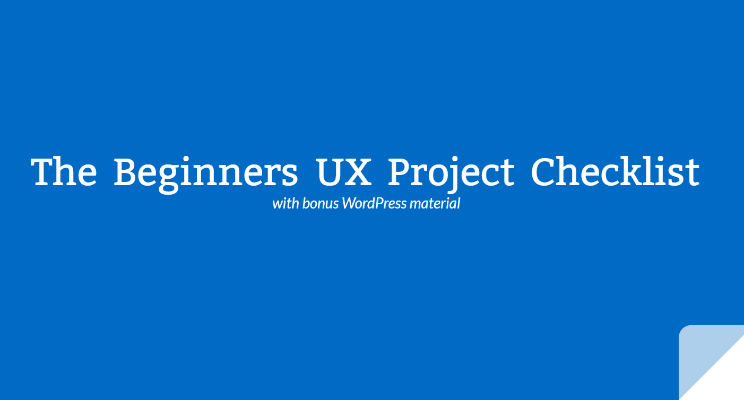#1 – Solidify the brand
Some won’t include branding inside the content strategy portion of UX but I do. I find that it helps me when starting to (re)write content for a website.
Two things stick out to me here which are important to create or track down if they’re already complete. First, a brand playbook or brand guideline. This is branding 101. Giving the audience a consistent, positive experience to build loyalty and trust. A brand playbook can begin to help accomplish this.
Second, an editorial playbook – aka, the style guide. Again, this will help when you (re)write the content and keep all editorial staff on the same page.
#2 – Content audit

Depending on how large your website is this can take some time. There are tools out there to build your initial set of pages. Some are free, others not so much. I prefer Xenu – link sleuth. It’s free and does a good job at collecting the info I need to begin my content audit.
There are two types of content audits: quantitative (how much is there) and qualitative (how good is it).
In the quantitative portion you collect things like owner, format, page URL, etc.
Now, in section one of The Beginners UX Project Checklist I told you that we’d need that analytic data (I use Google Analytics) later. We’re officially at “later.” I like to tie in the page rank of each page into my quantitative audit so I can see which pages are a higher priority to fix and (re)write.
I also like to run each page through a grade level checker. Something along the lines ofReadability Score (I use the average grade level as my indicator). I then use that data in my quantitative audit so see which pages are written at too high a level. Hint – the homepage and landing pages should be written at the 6th grade level and deeper pages at the 8th grade level.
The qualitative audit is more of a subjective beast and collects things such as:
- if a piece is written for the web (as opposed to a brochure or print media)
- is it actionable
- is it credible
- is it on brand
- is it accurate
If you have a team working on the qualitative audit you’ll want to be sure that everyone is judging the content based on the same criteria so a little powwow before hand may be in order. If you’re doing this on your own just be consistent.
#3 – Social media
You should have research to backup which platforms you’re using for social media. This means talking with people or doing surveys.
In higher education the audience is broken down like this:
- Traditional Undergrad: Twitter— Instagram— YouTube — LinkedIn
- Adult Students: Facebook— Twitter— LinkedIn — Pinterest
- Influencers: Facebook— LinkedIn — Pinterest
- Alumni & Development: Facebook— Twitter— LinkedIn — Pinterest
Thanks Bart Caylor at Caylor Solutions for this tidbit.
If you have more than one social media channel you’ll probably want to use a service like Buffer to automate your posts to the most popular channels.
Conclusion
Build your content strategy early so as you’re building out the rest of your stuff you’ll have a guiding light to point towards.
For more tips on how to build a better UX be sure to check out the other articles in this series:
- Part 1 – Research
- Part 2 – Usability Testing
- Part 3 – Information Architecture
- Part 4 – Content Strategy
- Part 5 – BONUS – WordPress
